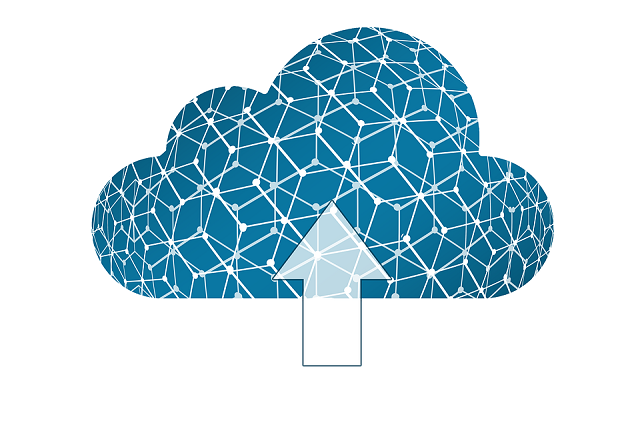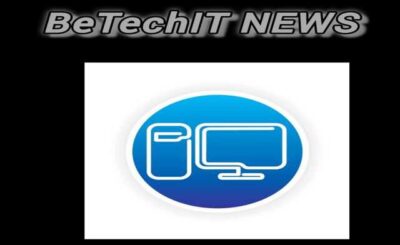What are database transactions? Any recorded knowledge related to a specific category is put in an organized manner. This is known as the database. With a database, you can both analyze and retrieve electronic information throughout the system. Database transactions have made it easier for people to conduct and execute data processing.
Let’s talk about social media or Facebook as an example. It provides you with the facility to store, alter and display a wide range of information towards other users.
The same goes for membership activities, emails and advertisements on the platform. There are multiple activities taking place on the platform at a single time. This means that the database is a consistently adopting data set.
Table of Contents:
What are Database Transactions?

A transactional database relates to a database management plan which allows you to reverse or scale back conducted transactions. If someone comes across an area where a transaction is not done as per their requirement, it can be reversed. Such actions are called database transactions. What are database transactions for you? You can identify a rare function or something that is going irrational from the database standards.
What does a database transaction comprise? Mainly database transactions consist of the manipulation of instructions, inquiries and assessment of the records that are written. You can extract and modify a wide range of data given under the circumstances of private lives and preferences.
What is a transaction database? Furthermore, what makes transactional data different from other types of data? The spatial component is what makes transactional data stand out. You can identify whether data is becoming obsolete with time or it is still useful. This can be done through the signs of consumption going around consumers. The rate of their buying behavior and online transactions, as well as the prices they prefer to buy on. Everything is traceable on the transactional database.
Key features of Database Transactions
The following features are highly prominent in a transactional database:
- Data Accuracy: You will find high compatibility of ACID in the transactional databases. This helps them to survive any break-in and preserve a large amount of data. Hence you will be able to be both accurate and secure while keeping the record.
- Flexibility: When you use a database for data management, you’ll be able to separate the critical and regular data. Hence, you will be able to generate a thorough interface and create flexibility for the. Feeling of both types of data.
- Speed: What are transactions? Transactional databases are excellent for millisecond-speed operations. If you’re doing statistics on a transactional copy of your database system, it’s likely that the copy is approximately synchronized with the database server.
- Keeping Track of Operating Systems: Duplicating the research process may be the best option if you need to make decisions based on data that is as up-to-date as is practical while managing support services or an entire infrastructure.
Understanding Database Transactions
What are database transactions, and how can you better understand them? A process is set for the ring and controlling of the information being flowed in a database. This flow or process is called a database transaction. It is an independent procedure from other automation. This provides the database to be consistent, safe and highly available.
You need to come up with a database transaction that is atomic, coherent, isolated and durable. This refers to ACID as an abbreviation. This provides you with the facility to transmit large data while being logical and cohesive.
Important Things to Know About Database Transactions
1) Atomicity
When you are unable to split data into individual processes, you can refer to it as atomic. This means that whenever a transaction is taking place if anything goes wrong, the entire process is supposed to be repaired again. Hence, a reversal is an important step in a transaction.
2) Consistency
The best thing you can achieve with the transactional database is consistency in the process. Whether it be the failure or success rate or you come across a guaranteed data-providing facility. You will feel that all the transactions conform to the column requirements ensuring secure data entry.
3) Isolation
What are database keys? All the transactions are stored in separation. Hence anytime you make a change in a certain transaction, the whole database remains undisturbed. This is the best thing you can achieve with transactional databases. Furthermore, you can conduct two or more transactions at the same time.
4) Durability
Durability is aided by the fact that data changes that take place during a completed transaction may be safely regarded as being kept in the system regardless of what else may occur. For each successful transaction, a record is recorded in the database’s transaction log.
5) Row-Based Storage/Stores
A warehouse for analytical data is made for readings, never for data writing. Row stores, which are what transactional databases are, mean that a whole column of data is maintained collectively. A database with an enquiry searches every row of data before showing only the rows that the search has identified. Column stores that track each element separately are computational storage systems.
Ways to Optimize Transactional Database Performance

1) Generate Optimal Indexes
Indexing is a highly effective tool if you follow it correctly. The overall speed of your database will increase by a great margin. Furthermore, you have a detailed architecture for your database. Not only this, but you’ll also be able to streamline your data procedure at a great rate that helps you save both time and effort.
2) Privacy Level
What are transaction codes? If you want to optimize your transactional data, the best thing you can do is lower the seclusion. What does it mean? Seclusion refers to locking and database towards certain activities. This means that your database is not completely accessible to all people. However, people working on the database need to have constant free access.
3) Memory Management of Data
Good memory management for databases is important. When you upload a great amount of data to the database, yes, it is likely to get fractured. You need to have good defragmentation of the disks available so that you can group the databases collectively and more quickly.
4) Data Model
Because row storage is used in tabular databases, which are designed to manage sparse data matrices, you almost certainly need one or more solutions. One way to deal with this is to divide the columns of your table into different tables. The value of columns used in each query is reduced using this technique. So don’t worry about our database transactions. Once you have your hands on them, you will understand the hype.
Popular Transactional Databases
1. SQLite
Using a relational database management system, SQLite is a C library. Contrary to the majority of other database management systems, SQLite is not a custom SQL database. Instead, it is a part of the finished item. The ideal choice for a smartphone gadget.
2. Oracle
It is well-known among all programmers for its simplicity of use, clear documentation, and cutting-edge new features like JSON from SQL.
3. MySQL
Initially using the public community network, businesses might subsequently move to the corporate system.
4. Access to Microsoft
It is a Microsoft Database Management System that combines a user interface, software applications, and the linear Microsoft Jet Database Engine.
Conclusion:
What are database transactions? To sum it all up, you can save the database and manages data for the altering and trustworthy audience. You can preserve great details and manage the security of all the information present in the database. Moreover, transactional databases have made it easier to maintain automation of all the other platforms taking place in your organization. So, you will be able to achieve high consistency with respect to saving time and effort. All of this is possible while staying autonomous.
Read also: https://timestechcity.com/html-to-img-guide-for-adding-images-to-your-web-documents/







